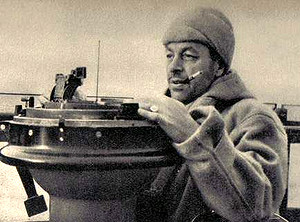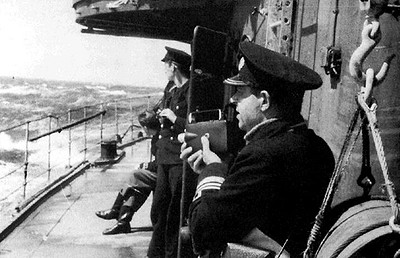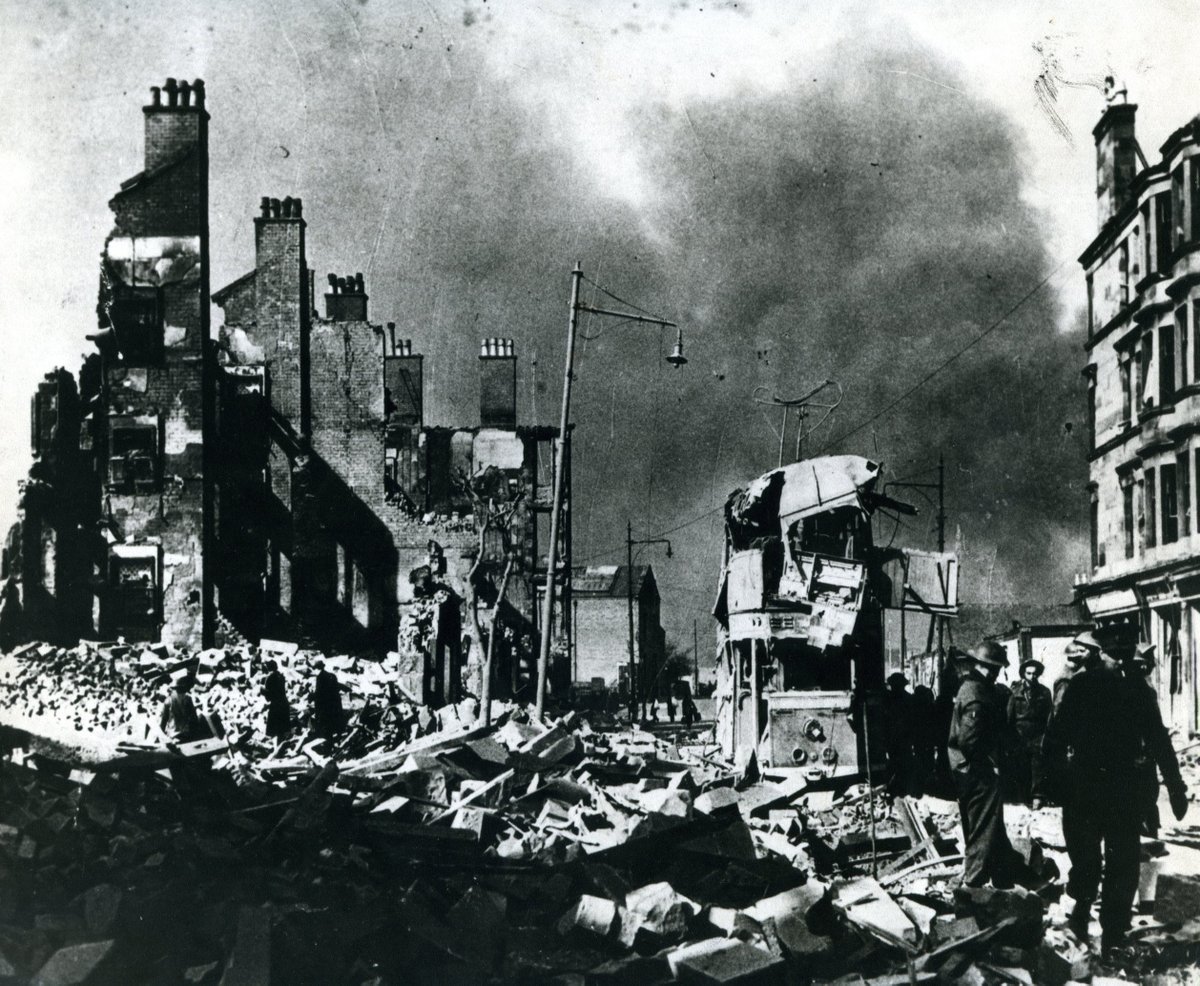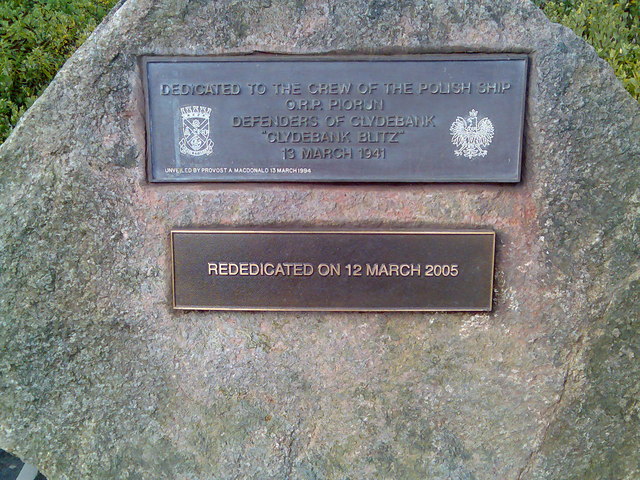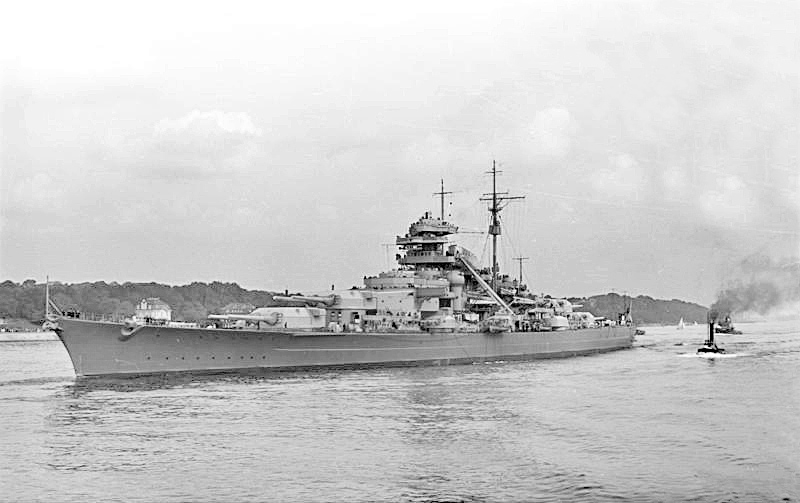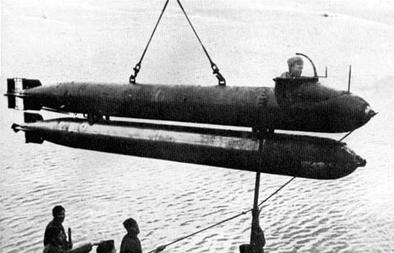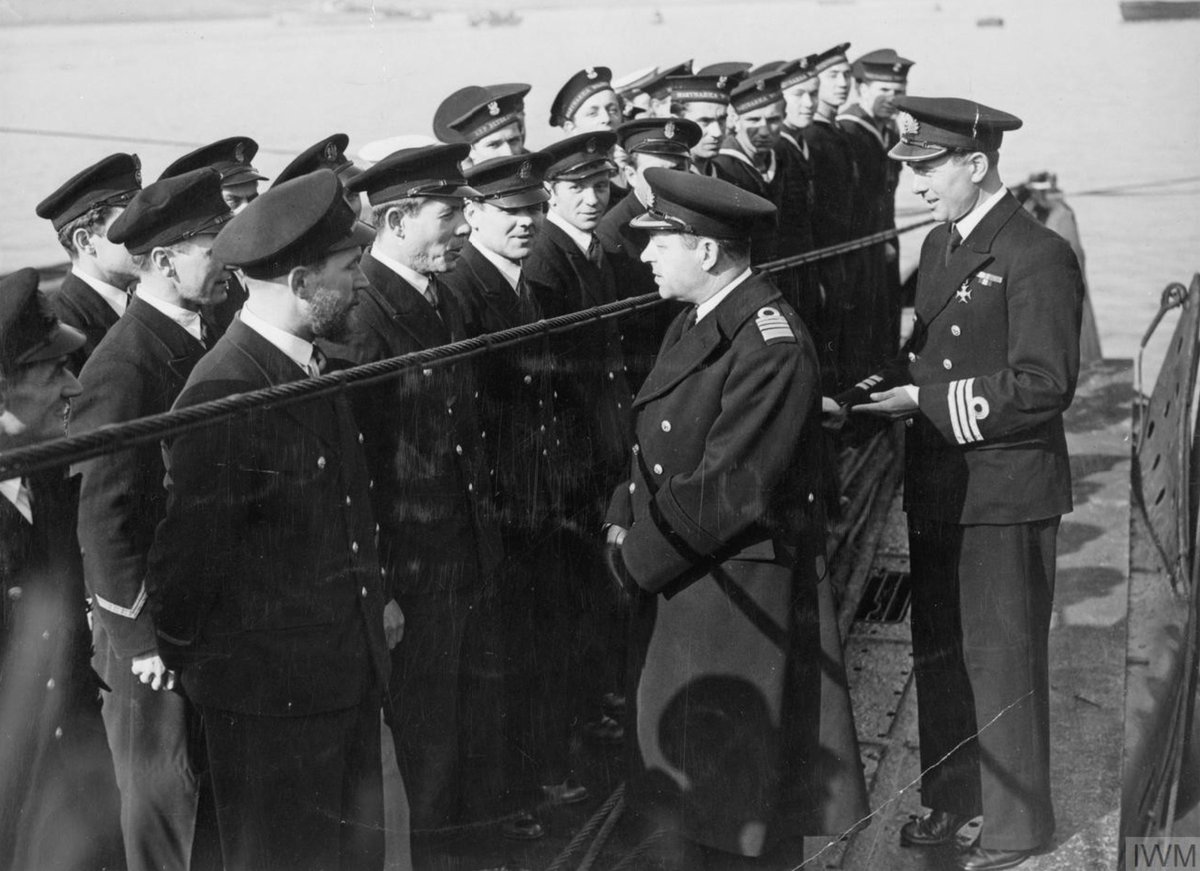I am NEVER going to miss a chance to talk about ORP Piorun, of the Free Polish Navy.
Let& #39;s talk about the sheer bravery and pure, beautiful Polishness of Pławski and his crew, who faced down the Bismarck, ran supplies to Malta, and fought the Luftwaffe over Clydebank. #thread https://twitter.com/SilenceInPolish/status/1253573962585509888">https://twitter.com/SilenceIn...
Let& #39;s talk about the sheer bravery and pure, beautiful Polishness of Pławski and his crew, who faced down the Bismarck, ran supplies to Malta, and fought the Luftwaffe over Clydebank. #thread https://twitter.com/SilenceInPolish/status/1253573962585509888">https://twitter.com/SilenceIn...
To understand Piorun, you have to understand her captain, Eugeniusz Pławski. Pławski commanded destroyers in the Imperial Russian Navy in WW1, then immediately joined the Polish navy when they gained independence.
He was a highly experienced officer and a fierce patriot.
He was a highly experienced officer and a fierce patriot.
1939 finds Pławski in France, where he& #39;d been sent as an attache to share military knowledge and gather intelligence.
When Poland falls, he immediately heads to London to become part of the Polish Free Navy that& #39;s starting to be formed there.
When Poland falls, he immediately heads to London to become part of the Polish Free Navy that& #39;s starting to be formed there.
In May 1940, the British navy give the Free Poles HMS Nerissa. She& #39;s an N-Class destroyer, small and lightly armoured, with a focus on speed and torpedoes.
Rechristened ORP Piorun, Pławski is given command, an all Polish crew, and sent north to Scotland to serve there.
Rechristened ORP Piorun, Pławski is given command, an all Polish crew, and sent north to Scotland to serve there.
On 13th March 1941, Piorun is laid up for repairs at John Browns Shipyards in Clydebank.
That night, the Luftwaffe launch a devastating attack on the area, home to vital industry and oil supplies.
This is the Clydebank Blitz. It will practically destroy the town.
That night, the Luftwaffe launch a devastating attack on the area, home to vital industry and oil supplies.
This is the Clydebank Blitz. It will practically destroy the town.
But it does NOT break the people of Clydebank. For two nights bombs rain down, over a thousand die, but the Clydebankers fight the fires and battle to help survivors.
And alongside them, blazing away from her berth, despite the attention it draws to herself, is the Piorun.
And alongside them, blazing away from her berth, despite the attention it draws to herself, is the Piorun.
"No one who lived through the Blitz in Clydebank seems likely to forget the terrific barrage on the first night from Ack-Ack guns on a Polish destroyer which happened to be in John Brown’s dock for repairs at that time." - Dr MacPhail, Clydebank blitz survivor
The damage done by Piorun was likely minimal, but to those on the ground it was an answer. A sign of defiance and deterrence. That was important.
Over two terrible nights, Piorun emptied her magazines in defence of her temporary home. Today she is permanently remembered there.
Over two terrible nights, Piorun emptied her magazines in defence of her temporary home. Today she is permanently remembered there.
Piorun returns to convoy duty. And this is what she& #39;s doing, part of Philip Vian& #39;s Flotilla (another forgotten legend. Deserves his own thread), late on 25 May 1941 when Vian gets urgent new orders:
Hood is gone. Bismarck escaping. Help hunt her, before she reaches France.
Hood is gone. Bismarck escaping. Help hunt her, before she reaches France.
The Royal Navy& #39;s problem: Bismarck is fast. Fast enough to evade the reinforcements they& #39;re rushing north from Gibraltar to deal with her.
There is no margin for error. They NEED to keep locating her, maintain contact and try and slow her at all costs.
There is no margin for error. They NEED to keep locating her, maintain contact and try and slow her at all costs.
Vian is a brilliant commander. He acts fast. He flings his destroyers towards Bismarck& #39;s last known position and fans them out.
This is a big gamble. It increases his chances of locating her, but a single destroyer may now have to face her alone, while the others rush to help.
This is a big gamble. It increases his chances of locating her, but a single destroyer may now have to face her alone, while the others rush to help.
On the night of the 26th, ORP Piorun sights an unknown big ship. She attempts to establish its identity. The ship answers her with gunfire.
It& #39;s Bismarck.
Pławski signals Vian. Vian orders the Flotilla to converge and alerts the Admiralty.
But everyone else is an hour away.
It& #39;s Bismarck.
Pławski signals Vian. Vian orders the Flotilla to converge and alerts the Admiralty.
But everyone else is an hour away.
Pławski now faces a choice. One solid hit from Bismarck will disable or destroy the Piorun. But he CANNOT risk losing contact before Vian and reinforcements arrive.
So he orders a single message sent to the German battleship unencoded:
I AM A POLE!
And then Piorun charges her.
So he orders a single message sent to the German battleship unencoded:
I AM A POLE!
And then Piorun charges her.
For almost an hour, the ORP Piorun snaps at Bismarck& #39;s heels, launching solo torpedo runs, while the bigger ship tries to swat her.
Then, finally, Vian and the rest of the Flotilla arrive. Together they harry Bismarck until the big guns can arrive in the morning and finish her.
Then, finally, Vian and the rest of the Flotilla arrive. Together they harry Bismarck until the big guns can arrive in the morning and finish her.
Indeed Piorun burns so much fuel and torpedoes in her solo runs that Vian (perhaps also feeling the Poles had done enough and were pushing their luck) orders her to withdraw from the final battle. They don& #39;t.
"Radio problem." Pławski later tells Vian.
Vian is all:
"Radio problem." Pławski later tells Vian.
Vian is all:
Piorun& #39;s war isn& #39;t over. She runs supplies to Malta (notably as part of Operation Halberd) and takes part in the invasion of Sicily.
Pławski goes on to command the cruiser ORP Dragon, in support of D-Day, which then gets crippled by a German manned torpedo.
Pławski goes on to command the cruiser ORP Dragon, in support of D-Day, which then gets crippled by a German manned torpedo.
In late 1944 Pławski becomes Chief of Staff for the Free Polish Navy. At war& #39;s end, like many Poles, he refuses to return to a Poland abandoned by the allies to the Soviets.
In a quiet act of defiance he hands the Free Navy& #39;s flag to the Sikorski institute. He moves to Canada.
In a quiet act of defiance he hands the Free Navy& #39;s flag to the Sikorski institute. He moves to Canada.
Several of the ORP Piorun& #39;s crew return to Clydebank and live there. Pławski dies in Vancover in 1973.
But he did eventually make it back home.
In 2004, watched by his son, he was reinterred in the Polish naval cemetery at Gdynia.
It is an honour he thoroughly deserves.
But he did eventually make it back home.
In 2004, watched by his son, he was reinterred in the Polish naval cemetery at Gdynia.
It is an honour he thoroughly deserves.
Anyway, hope you enjoyed this little diversion into a little piece of Polish naval history, which really deserves to be much better known.
As usual, if you& #39;d like to buy me a lockdown coffee (or beer! it& #39;s Friday!) you can do so here: https://ko-fi.com/garius ">https://ko-fi.com/garius&qu...
As usual, if you& #39;d like to buy me a lockdown coffee (or beer! it& #39;s Friday!) you can do so here: https://ko-fi.com/garius ">https://ko-fi.com/garius&qu...

 Read on Twitter
Read on Twitter